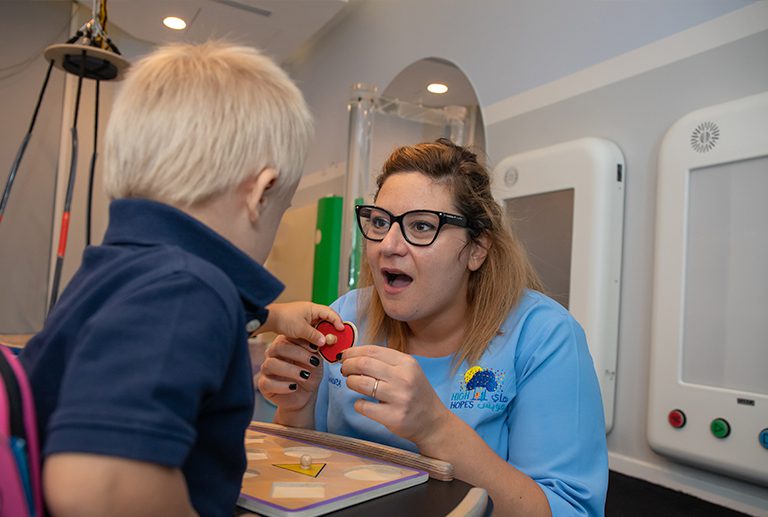Occupational therapy (OT) is a vigorous field focused on helping individuals achieves greater independence and quality of life through purposeful activities. This inclusive guide outlines the key aspects of occupational therapy in UAE, including its goals, assessment process, therapeutic interventions, and benefits.
Understanding occupational therapy
Occupational therapy is designed to assist individuals in performing daily activities that are essential for their well-being and independence. These activities, known as “occupations,” include everything from self-care tasks (like dressing and eating) to work, play, and leisure activities. OT addresses physical, cognitive, and emotional challenges that impact a person’s ability to engage in these activities effectively.
The assessment process
The journey of occupational therapy begins with a detailed assessment. This process involves:
Initial evaluation – An occupational therapist (OT) conducts an initial evaluation to understand the client’s needs, goals, and challenges. This includes gathering information about the client’s medical history, current difficulties, and daily routines.
Standardized assessments – These are specific tests used to measure skills and abilities in areas such as motor performance, sensory processing, and cognitive function. Common assessments include the Pediatric Evaluation of Disability Inventory (PEDI) and the Bruininks-Oseretsky Test of Motor Proficiency (BOT-2).
Goal setting – Based on the evaluation, the OT collaborates with the client to set realistic and meaningful goals. These goals guide the therapy process and focus on improving areas that are important for the client’s daily functioning.
Therapeutic interventions
Occupational therapy employs a range of interventions tailored to the individual’s needs:
Skill development – This includes activities and exercises designed to improve specific skills such as fine motor skills, hand-eye coordination, and sensory processing. For example, children might engage in play-based activities to improve their grasping and manipulation abilities.
Adaptive strategies – OTs help clients develop adaptive techniques and use assistive devices to overcome challenges. This might include using specialized utensils for eating, modified tools for writing, or strategies to manage sensory sensitivities.
Environmental modifications – Adjusting the home or work environment can facilitate better participation in daily activities. This might involve rearranging furniture, adding safety features, or creating accessible workspaces.
Cognitive and emotional support – Therapy may also address cognitive skills such as attention, memory, and executive functioning. Additionally, emotional support and coping strategies are provided to help clients manage stress, anxiety, or other emotional challenges.
